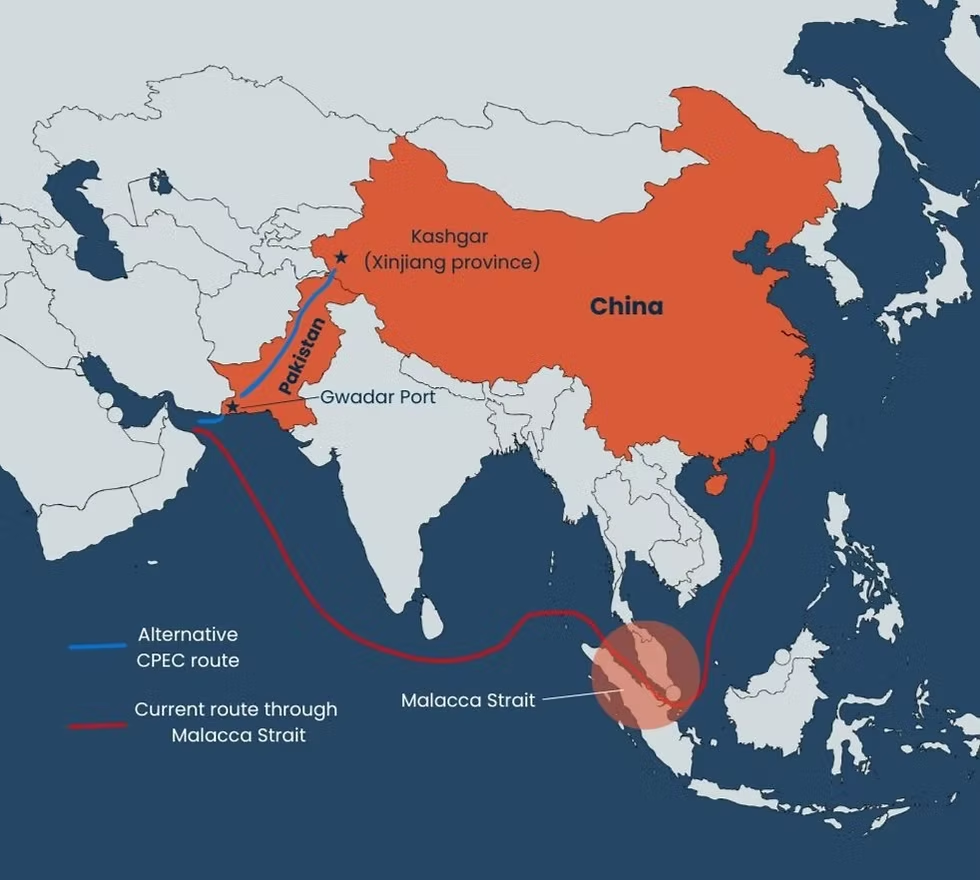Introduction
China is a bitter pill that India must swallow. India is highly dependent on China for trade and China is India’s second largest trading partner with a bilateral trade of $127 billion; out of which China exports $113 billion worth of critical minerals and components, including raw materials as well as finished products whereas, India exports a meager $14 billion worth of basic products, like iron ore, petroleum products, seafood and cotton. Looking at the huge trade deficit in China’s favour one can imagine India’s economic dependence on China.
China has established itself as the global manufacturing hub and has become so powerful that it has started dictating terms and arm-twisting the foreign companies operating from China by way of increased scrutiny, forced technology transfer, foreign ownership restrictions and so on.
China Plus one Strategy
China plus one strategy is a business approach where foreign companies are trying to diversify their manufacturing and sourcing operations out of China to reduce reliance on one country, with the aim to mitigate risks of political instability, natural disaster, trade wars, etc.
Advantages of this strategy is that these MNCs besides risk mitigation is, identify locations that are more cost effective, provides flexibility and resilience to supply chains and provides access to different consumer markets, as well as opportunity to expand business.
Potential ‘Plus One’ Destinations
India and Vietnam are on the top of the chart, besides other SE Asian countries Indonesia, Thailand and Malaysia.
China Sees India as a Potential Competitor, especially, when recently companies like Apple, Google, Samsung, are in the process of expanding their business in India.
China’s Counter Moves to Stall Manufacturing in India
- Strengthen Pakistan to Create Mischief in India
Pakistan and China share an inextricable bond because of a $65 billion investment by China in the Belt and Road initiative. The China Pakistan Economic Corridor (CPEC) provides China a shorter and an alternative route to the Arabian Sea via the Gwadar Port.
Gwadar Port has strategic significance for China because if the Strait of Malacca that connects the Andaman Sea with the South China Sea is blocked, China will continue to have an uninterrupted access to the Indian Ocean region.
China has economically colonized Pakistan and besides milking it economically, uses Pakistan as a front face to provide depth to CPEC in the area of PoK and periodically, backs up Pakistan to engineers internal strife and/or act of external aggression, like OP SINDOOR to dissuade foreign investors to setup shop in India, with the aim to fail China Plus One strategy.
- Coercive Actions Taken by China
Delaying deliveries of essential machineries.
Restricting flow of skilled technicians and engineers to India and even recalling trained workforce back to China as it happened in the case of Foxconn engaged in the manufacture of IPhones.
Curbing the export of raw materials, components and even banning the export of rare earth magnets to India, which are essentially required for the manufacture of electronics and in semiconductor and automotive industry.
Conclusion
There is no denying that China is at the top of the manufacturing sector pyramid.
China opened up its economy for global investors in 1978, while India did it in 1991. China focused on manufacturing sector and became a global manufacturing hub, while India focused on Service sector, software development and IT sector, which was also good, but we lagged behind in the fields of processing, refining and manufacturing of goods.
Just to give a comparison with India:
China is five times the size of India’s economy. GDP of China is $19 trillion and India is nearly $4 trillion.
China has five times more Industrial Parks as compared to India. China – 20000; India – 4000.
China has five times the number of formally trained workforce as compared to India. China – 24%; India – 4.7%.
China’s export is five times more than that of India. China – 3.5 trillion; India – 824 billion.
Hence, India has to put in five times more energy to catch up with China in the manufacturing sector.
In order to promote the manufacturing sector in India, we need to have consistency in regulatory policies, bring about transparency and simplification of regulatory mechanisms, invest heavily in R&D to explore and extract indigenous resources, suitably skill the workforce to meet the requirements of modern hi-tech industry, create world class infrastructure and above all India must shape the global opinion and project itself as a safe, secure, peaceful and welcoming nation for foreign investments.





